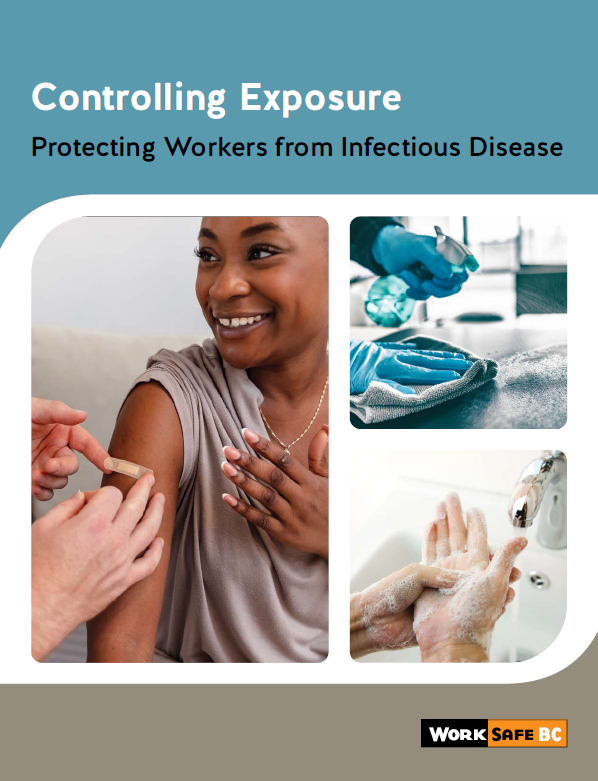HIV/AIDS
Human immunodeficiency virus (HIV) is a blood-borne disease that is spread through blood and certain body fluids. HIV attacks the immune system and can lead to acquired immune deficiency syndrome (AIDS), a much more serious condition. In the workplace, the risk of HIV/AIDS is through needle-stick injuries and exposure to contaminated body fluids.
- Who is at risk?
- How to reduce the risks
- Resources
Who is at risk?
Those who work with needles or are around bodily fluids are at highest risk for exposure to HIV/AIDS. Some high-risk occupations include:
- Health care workers
- First responders
- Medical laboratory technicians
- Occupational first aid attendants
How to reduce the risks
If a worker or workers could be exposed to HIV, the employer must develop and implement an exposure control plan (ECP). This plan must identify the workers at risk of exposure and the controls required to protect those workers. These will be unique to each worksite and work environment. When choosing risk controls, start by asking yourself the questions in the following steps, listed in order of effectiveness. See our resources for more information.
-
1
Engineering controls
This is the most effective type of control. Engineering controls involve making physical modifications to control the hazard or reduce exposure. Some questions to consider:
- Are safety-engineered needles being used to prevent needle-sticks?
- Are proper sharps disposal kits available?
-
2
Administrative controls
This type of control involves changing work practices and policies. A question to consider:
- Are there safe work procedures for picking up and disposing of sharps?
-
3
Personal protective equipment (PPE)
This is the least effective type of control. When used, there must always be at least one other control in place as well. A question to consider:
- Are workers using gloves?



